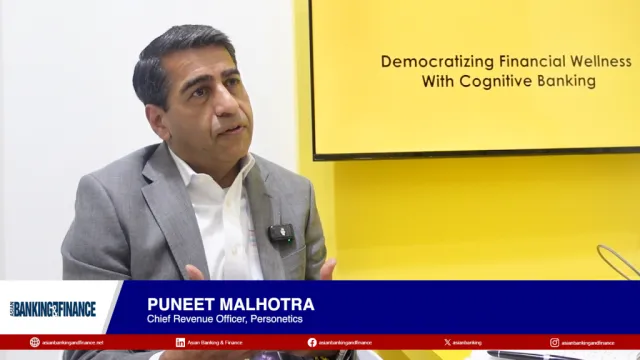
Banks’ AI adoption to shape cost and revenue advantage
An AI-gap may emerge amongst global banks depending on their adoption journeys, says S&P.
The next three to five years will determine which banks will secure the benefits of artificial intelligence (AI), as AI increasingly alters financial institutions’ operations and their environments, reports S&P Global Ratings.
“We expect the next three to five years to be pivotal in terms of banks' wide-scale adoption of AI, not least because entities that establish a meaningful lead could secure cost and revenue advantages and economies of scale, which in turn would support further investment in innovation,” S&P Global Ratings said in a report on October 2025.
This could create an AI-gap amongst banks— and it could weigh in on the ratings agency’s assessment of banks' credit quality, it said.
S&P expects that banks’ focus on process automation could lead to improved efficiency and cost savings.
“Banks that achieve these efficiencies over the coming three to five years could establish a lasting competitive advantage,” it said.
The banking sector is projected to account for 20% of global AI spending in 2028 in a bid to get that competitive advantage. S&P cautioned against falling for the hype, however, which it said could lead to poor investment decisions.
Given banks’ decades of efficiency efforts and project management experience, S&P expects management teams to prudently allocate AI budgets and monitor returns.
“Banks that abandon those safeguards may face challenges in scaling AI solutions and increased pressure from both traditional competitors and more efficient new entrants like neobanks and fintechs,” the ratings agency said in a report on 28 October 2025.
Financial institutions globally lead AI adoption and experimentation compared to all business sectors. Over 1 in 2 (54%) of surveyed financial institutions have deployed AI initiatives, according to an S&P survey in January, ahead of the 46% average across all sectors.
But FIs also lead in abandonment: 48% of FIs have abandoned AI projects before production, higher than the 46% average across all business sectors.
Deployment is also uneven, varying across functions and geographic regions. As of Q3 2025, 43% of global banks reported internal AI deployment, whilst only 9% indicated its use in external facing systems, said S&P, based on transcripts it collected in a three-year period starting 2022 from 550 banks.
Traditional AI— supervised and unsupervised machine learning— remains at the heart of main financial services’ AI initiatives, the report said. These are used to simplify operations and replace manual functions that are less prone to operational failure.
Generative AI use is growing, with one-third of financial services companies using it as of January 2025.
Nearly 50% of financial institutions are using or developing generative AI systems for internal use, based on survey data from the S&P Global Market Intelligence 451. This includes increasing the scope of multi-step process automation to multiple the number of tasks done autonomously.
Meanwhile, chatbots are the most common focus of banks’ external AI deployments, with 41% of banks citing this.



















 Advertise
Advertise








